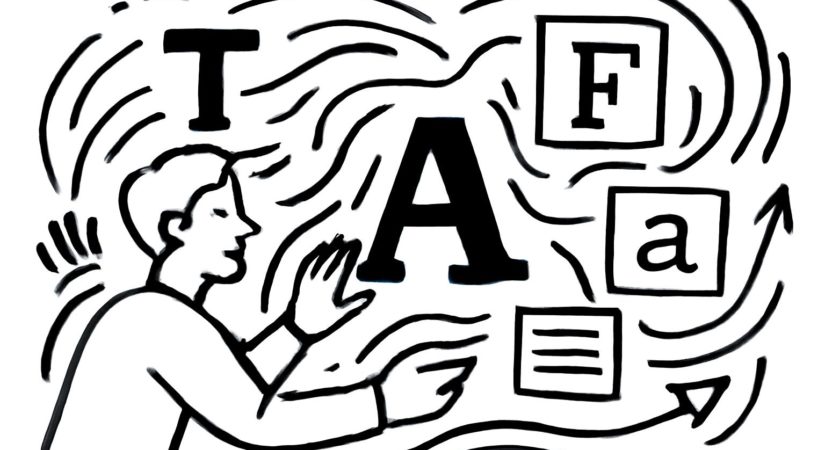Monotype, a leading type design company owning fonts like Helvetica and Futura, has highlighted AI’s potential impact on typography in its 2025 Re:Vision trends report. The report envisions AI-enabled fonts that adapt to readers by leveraging emotional and psychological data—sharpening text focus based on gaze, adjusting typefaces according to time or lighting, and emphasizing key portions to boost engagement. AI might also democratize typography by allowing anyone to generate fonts via intelligent agents or chatbots, though deployment remains uncertain.
This outlook reflects ongoing industry interest as designers experiment with AI tools such as Midjourney and GPT for ideation and coding, while debates continue over the role AI should play in creative workflows. Some view AI as a means of optimizing design, while others resist the notion that creativity can or should be replaced by technology.
Historically, a parallel exists with early 20th-century debates around industrialization’s effect on art and type design. Back then, artists questioned mass production but eventually focused advances on efficiency and manufacturing. Monotype’s Charles Nix, a senior executive and Re:Vision contributor, acknowledges AI’s vast potential but emphasizes their current priority is connecting users with needed typefaces, building on years of technology like their typeface similarity engine.
While AI may streamline tedious tasks in typography, such as kerning and font diagnostics, some experts remain cautious. Zeynep Akay, creative director at Dalton Maag, recognizes AI’s assistive benefits but doubts generative AI will soon enhance creative processes meaningfully. She warns against seeing human creativity as disposable, expressing concerns about relinquishing artistic control to AI.
Nix echoes this view, stating that although AI lowers technical barriers, the essence of creativity remains human. Reflecting on past fears about computers replacing designers, he notes digital tools ultimately enriched creativity rather than diminished it.
Akay compares current AI enthusiasm to the late 1990s dot-com bubble, where many startups lacked clear consumer value and eventually failed before the internet’s true potential was realized. Similarly, she suspects AI hype may outpace practical application, and urges a measured approach rather than reckless adoption.
Both experts agree a potential AI market correction could curb excessive speculation and refocus efforts on meaningful solutions. Nix suggests unmet needs may lie beyond Western typography—in underrepresented writing systems or design contexts—where AI could spark significant change.
Despite AI advances, traditional font licensing models are expected to persist, possibly incorporating AI features into subscription services. Currently, usable AI tools are limited to font identification and mixing, making it difficult to predict how deeply AI will transform typography workflows or definitions.
As AI’s role in design evolves, Akay stresses the importance of valuing creativity for its thoughtful, labor-intensive nature rather than speed or ease. While AI cannot be undone, future approaches should remain grounded and deliberate to preserve the integrity of creative work.
